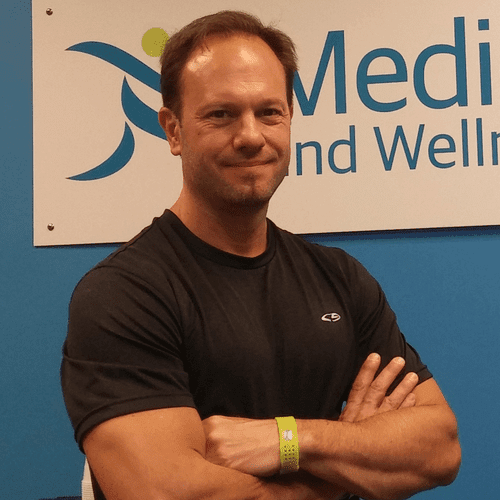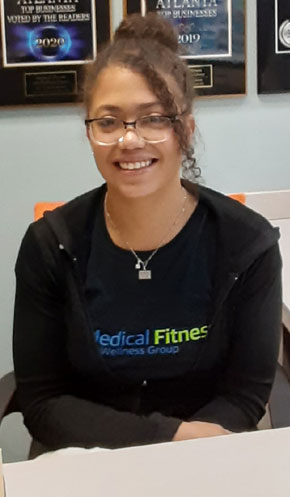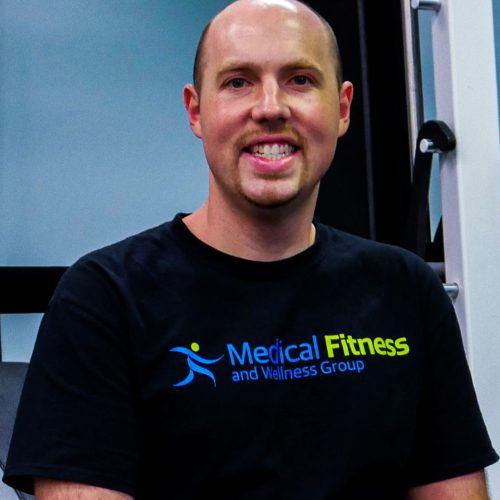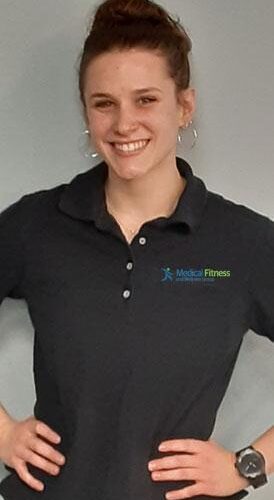
21 Feb What You Need to Know about Corrective Exercises
If you are looking to improve your strength and performance, corrective exercises are an excellent way to do so.
What Are Corrective Exercises?
Corrective exercises are specific exercises designed to target weak or inactive muscles, improve postural alignment, and ultimately help you move more efficiently. These exercises can be used to address muscle imbalances, reduce pain and discomfort, and prevent future musculoskeletal injuries. They are typically low-intensity, dynamic exercises that focus on proper form and technique. Examples of corrective exercises include stretching, foam rolling, and balance drills.
The Benefits of Corrective Exercises
1. Improved Posture
Corrective exercises are designed to improve posture, which can help reduce stress on the body and decrease the risk of injury. Improved posture can also help improve balance and stability, allowing you to move more efficiently and with greater control.
2. Increased Range of Motion
Corrective exercises can help you increase your range of motion, which can help you move more freely and with less effort. Increased range of motion can also help improve muscle activation and coordination, making you more powerful and efficient during physical activities.
3. Reduced Risk of Injury
By improving posture, increasing range of motion, and strengthening weak muscles, corrective exercises can help reduce the risk of injury. By focusing on proper form and technique, you can ensure that your body is better prepared for physical activity.
4. Improved Performance
Improved posture, increased range of motion, and strengthened muscles can help you move more efficiently, allowing you to perform better during physical activities. Improved performance can also help reduce fatigue.
5. Improved Quality of Life
By improving posture, increasing range of motion, and strengthening weak muscles, corrective exercises can help reduce pain and discomfort, allowing you to move more freely and with less effort. Improved quality of life can also help improve your overall mental and emotional wellbeing.
Tips for Incorporating Corrective Exercises
1. Start Slowly
It’s important to start slowly when incorporating corrective exercises into your routine. Start with basic movements that target the areas you want to work on, such as stretches and basic bodyweight exercises.
2. Use Proper Form
Proper form is essential for ensuring that the exercises are effective. Make sure you are performing the exercises with the correct posture and technique to ensure the best results.
3. Focus on Quality
It’s important to focus on quality over quantity when doing corrective exercises. Take breaks when needed, and be mindful of the number of repetitions and sets you are performing.
4. Incorporate Variety
Varying the exercises you do can help ensure that you are targeting different muscles and areas of the body. Incorporating different exercises can also help keep your routine fresh and interesting.
5. Consult a Professional
If you are unsure of how to perform certain exercises or have any questions, it’s best to consult a professional. A physical therapist or a certified trainer can help you perform exercises safely and effectively.
Conclusion
Corrective exercises are a powerful tool for improving strength and performance. They can help to reduce the risk of injury and improve the overall quality of movement. Through proper form and technique, these exercises can help to improve muscle balance, coordination, and stability. Furthermore, they can be used to target specific muscle groups for improved performance and strength. By following a comprehensive program that includes both corrective exercises and traditional strength training exercises, athletes can improve their performance and reduce their risk of injury.
If you are interested in better health, find out how our rehabilitation center in Johns Creek can help. Here at Medical Fitness and Wellness Group, we understand the value of holistic care and specialize in presenting solutions that range from yoga to corrective exercise and nutrition programs to make sure you are on the right track. Contact us at 770.623.4078.


















